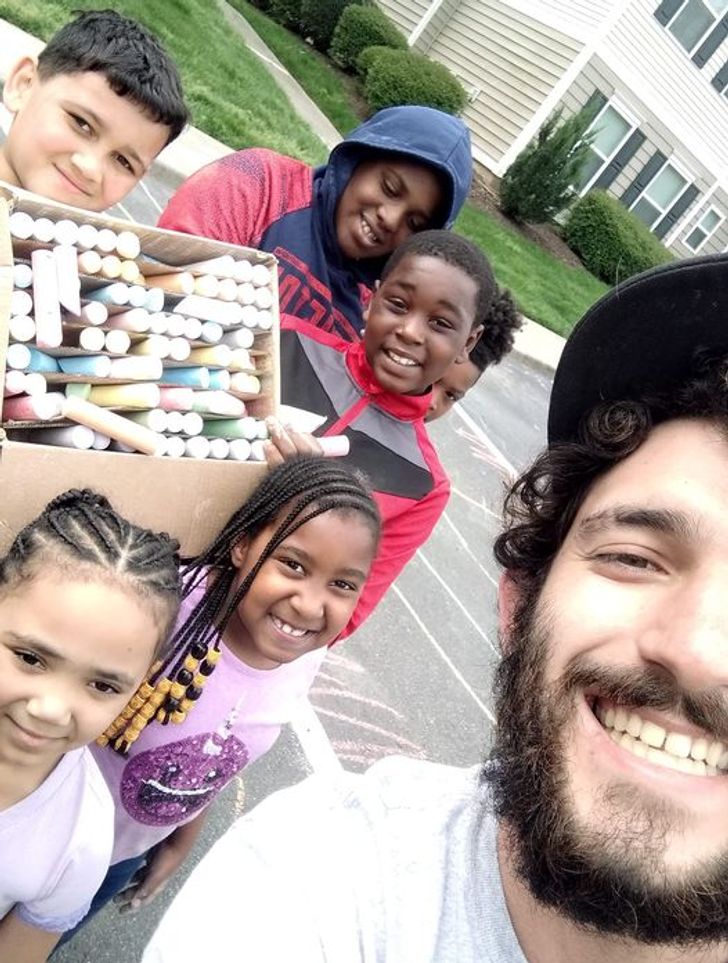Skywatchers, get ready! On the night of March 14-15, 2025, a total lunar eclipse will grace the skies, offering a breathtaking celestial spectacle. For approximately 65 minutes, the Moon will transition from its usual bright white glow to a dramatic deep red or brown hue, creating a mesmerizing sight known as the Blood Moon.
If you’re fascinated by astronomy or simply love witnessing nature’s wonders, this is an event you won’t want to miss. Whether you’re planning to observe it with the naked eye, through a telescope, or capture stunning photographs, this guide will provide all the essential details you need.
What Is a Total Lunar Eclipse?

A total lunar eclipse occurs when the Earth comes directly between the Sun and the Moon, casting a shadow that completely covers the Moon. Unlike a solar eclipse, which requires protective eyewear, a lunar eclipse is perfectly safe to view with the naked eye.
During this event, the Earth’s atmosphere filters sunlight, allowing only longer-wavelength red and orange light to reach the Moon. This is what gives the Moon its eerie red or brown appearance, often referred to as a Blood Moon.
When and Where Can You See It?
The total lunar eclipse will be visible from various parts of the world, but some regions will experience a better view than others. Here’s what you need to know:
- Best viewing locations: North America, South America, parts of Europe, and western Africa will get the best views of the full eclipse.
- Partial visibility: Some areas in Asia and eastern Africa will see only a partial eclipse.
- Total eclipse duration: Approximately 65 minutes of complete totality.
- Eclipse phases: The entire event, from the penumbral phase to the total eclipse and back, will last about three hours.
Video : Total Lunar Eclipse 2025: Will the Stunning Blood Moon Grace Your Skies?
If you’re in an area where visibility is limited due to weather conditions or location, don’t worry! Many astronomy organizations and space agencies will offer live-streams of the event.
What Causes the Blood Moon Effect?
One of the most fascinating aspects of a total lunar eclipse is the Blood Moon phenomenon. But why does the Moon turn red instead of disappearing completely?
This happens due to a process called Rayleigh scattering, the same mechanism responsible for red sunsets and sunrises. When the Earth blocks direct sunlight from reaching the Moon, some of the Sun’s light bends through the Earth’s atmosphere. The shorter wavelengths (blue and violet) scatter, while the longer red and orange wavelengths pass through and illuminate the Moon.
Depending on atmospheric conditions, the Moon can appear in shades ranging from deep red to copper or brown. If there are dust or volcanic particles in the atmosphere, the eclipse could take on an even darker hue.
How to Watch the Total Lunar Eclipse
Viewing a total lunar eclipse is easy and requires no special equipment. However, for the best experience, consider these tips:
- Find a dark location: The farther you are from city lights, the clearer your view will be.
- Check the weather: Cloudy skies can block your view, so make sure to check local forecasts.
- Use binoculars or a telescope: While the eclipse is visible to the naked eye, magnification enhances details like craters and surface textures.
- Capture the moment: If you love photography, use a DSLR camera with a tripod to get sharp images of the Moon’s color changes.
- Bring friends and family: Viewing an eclipse is a magical experience—share it with others!

Why This Lunar Eclipse Is Special
Not all lunar eclipses are created equal. Some are penumbral (where the Moon only passes through Earth’s outer shadow), while others are partial (where only part of the Moon is covered).
However, this event on March 14-15, 2025, is a total lunar eclipse, meaning the Moon will be completely engulfed by Earth’s shadow, creating an intense and dramatic visual effect.
Additionally, this eclipse comes at a time when interest in space and astronomy is at an all-time high, with upcoming missions to the Moon and Mars capturing global attention.
The Cultural and Historical Significance of Lunar Eclipses
Throughout history, lunar eclipses have been seen as mystical and sometimes ominous events. In ancient civilizations:
- The Incas believed a lunar eclipse occurred when a jaguar attacked the Moon.
- The Chinese thought a giant celestial dragon was devouring the Moon and would make loud noises to scare it away.
- Many Native American tribes viewed the event as a sign of change or transformation.
Today, lunar eclipses are understood scientifically, but they still inspire a sense of wonder and curiosity.
Video : Total Lunar Eclipse Blood Moon 14 March 2025 Your Horoscope with Gregory Scott
The Next Total Lunar Eclipses After March 2025
If you miss this one, don’t worry—there are more lunar eclipses coming in the future. The next total lunar eclipses will occur on:
- March 3, 2026
- December 31, 2028
- December 20, 2029
However, the March 2025 eclipse will be one of the longest and most visible in recent years, making it a must-watch event.
Final Thoughts: Don’t Miss This Celestial Event!
The March 14-15, 2025, total lunar eclipse is a rare and breathtaking natural event that reminds us of the beauty of our universe. Whether you’re an astronomy enthusiast or just someone who enjoys witnessing celestial wonders, this is an opportunity you won’t want to miss.
Mark your calendars, find a good viewing spot, and prepare to watch the Moon turn a stunning shade of red as it aligns perfectly with the Earth and Sun.
Are you excited for the eclipse? Share your thoughts in the comments and let us know where you’ll be watching from! Also, don’t forget to share this article with fellow space lovers so they can witness this incredible event, too.
15 Pics That Prove Every Second With Your Loved Ones Is a Treasure to Keep
Reuniting with loved ones, helping those we care about, or a simple photoshoot with our kids and pets can make even a few minutes feel magical. All the better if we take photos of those moments. This way we can be reminded of them and ignite a warm spark inside of us, even if we feel down.
We at <strong>Bright Side have a soft spot for family and friends and we just can’t resist sharing our latest compilation of special moments that people shared on the internet.
1. “My son teaching his little sister how to walk from his wheelchair.”

2. “My husband rooting for our daughter is the energy I need this week.”

3. “Today we celebrated one year of beating a tumor. My wife made me a cake! Yea, my son is trying to steal it.”

4. “Surprised my friend by bringing him to a zoo where he got to pet his favorite animal, a sloth. His face says it all.”

5. “A ‘photoshoot’ my husband did while I was at work. If this doesn’t make you smile, I don’t know what will.”

6. “6 months meets 96 years — my Nana held her first great-granddaughter for the first time ever today!”

7. “Family moment 30 years ago with my mom and grandpa.”

8. “It took me nearly 26 years to find my father and his family. This is my newborn daughter and my uncle (my father’s brother).”

9. “I met my father for the first time in my (now) 29 years. We decided to have a ‘1st birthday’ on my 29th birthday.”

10. “I was a donor to my sister’s girlfriend and I’m now a proud uncle to my donor child.”

11. “My 96-year-old great-grandma with my kids and I. So thankful she’s in our lives!”

12. “Our flight got canceled for my birthday trip, and I missed the fancy pedicure we had booked. My husband surprised me the next day.”

13. “Met my internet best friend of 7 years for the first time!”

14. “My friend giving the neighborhood kids a huge box of chalk.”

15. “My daughter and I vs My granddaughter and I”

Which one touched your heart the most? Do you have a story with your loved one that you would like to share?
Bright Side has its own podcasts now. Take cool articles with you and listen to new stories whenever and wherever you want.



Leave a Reply